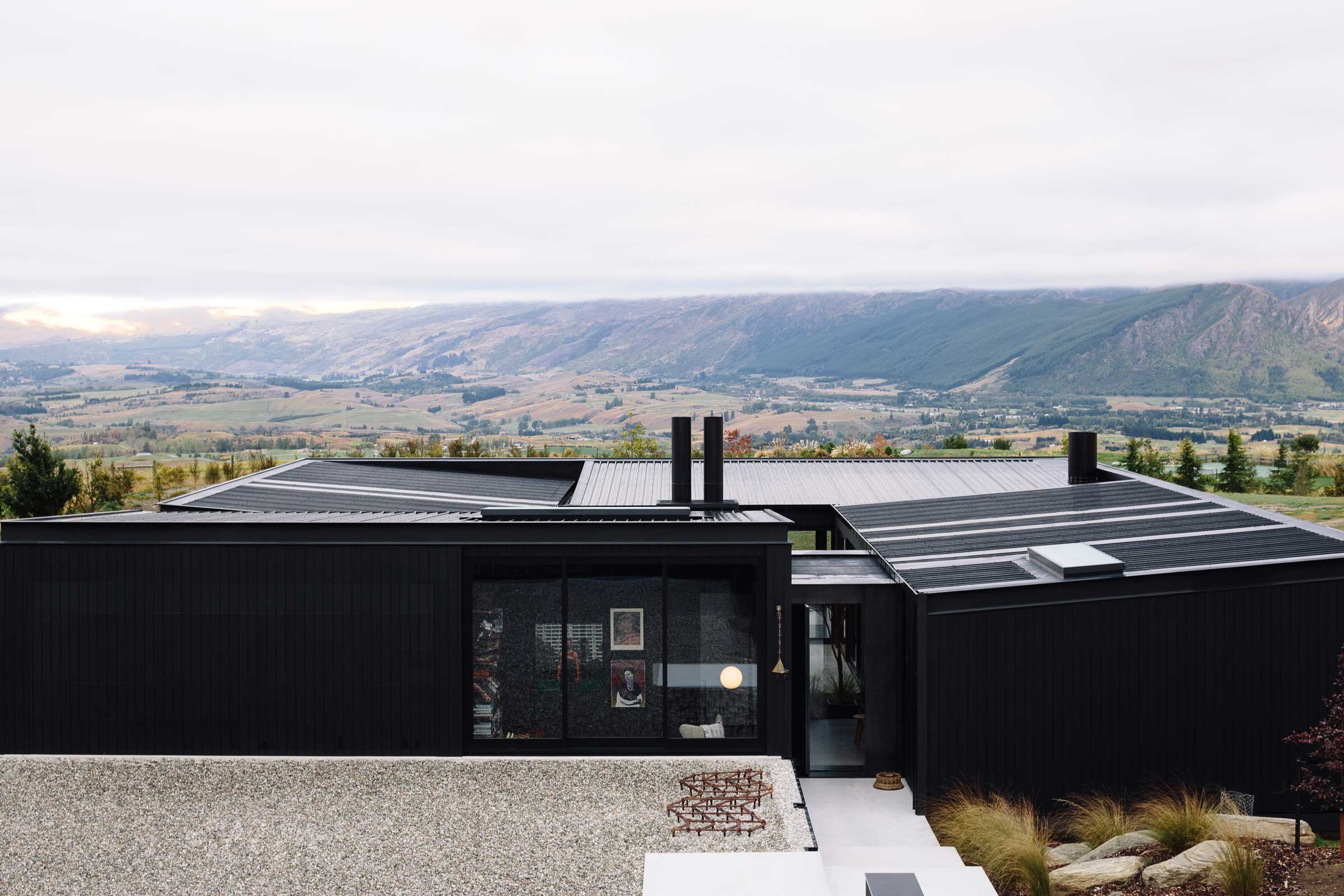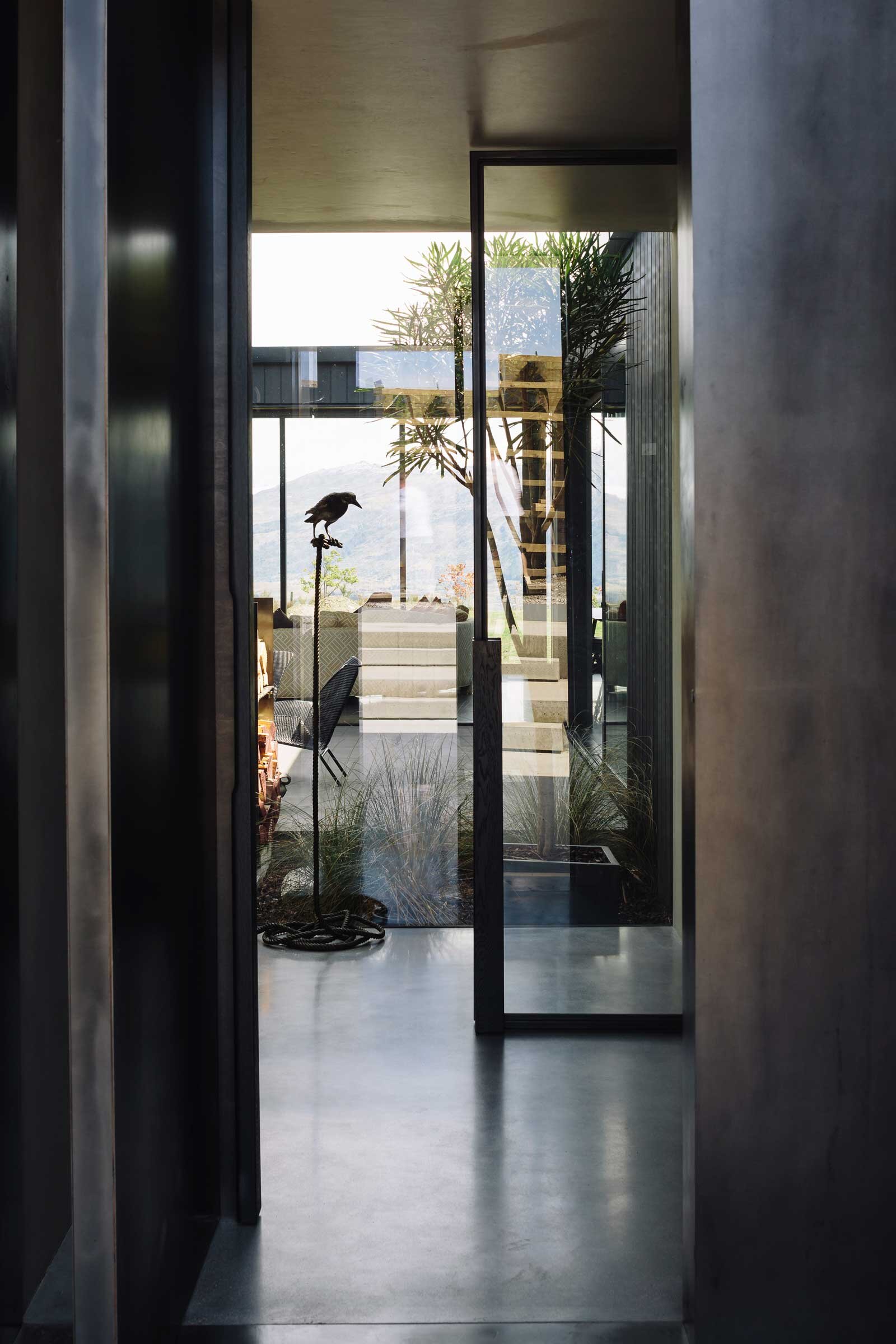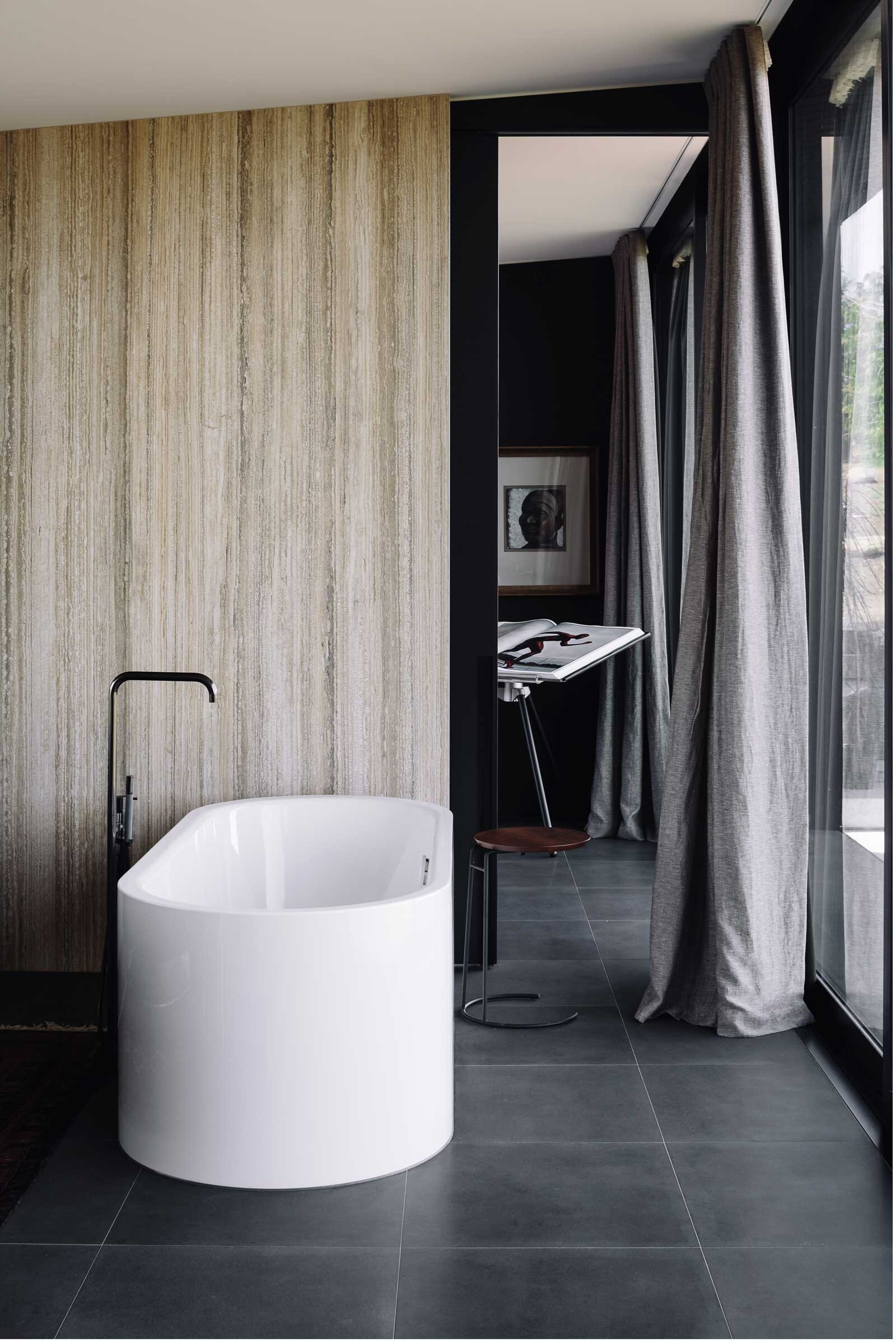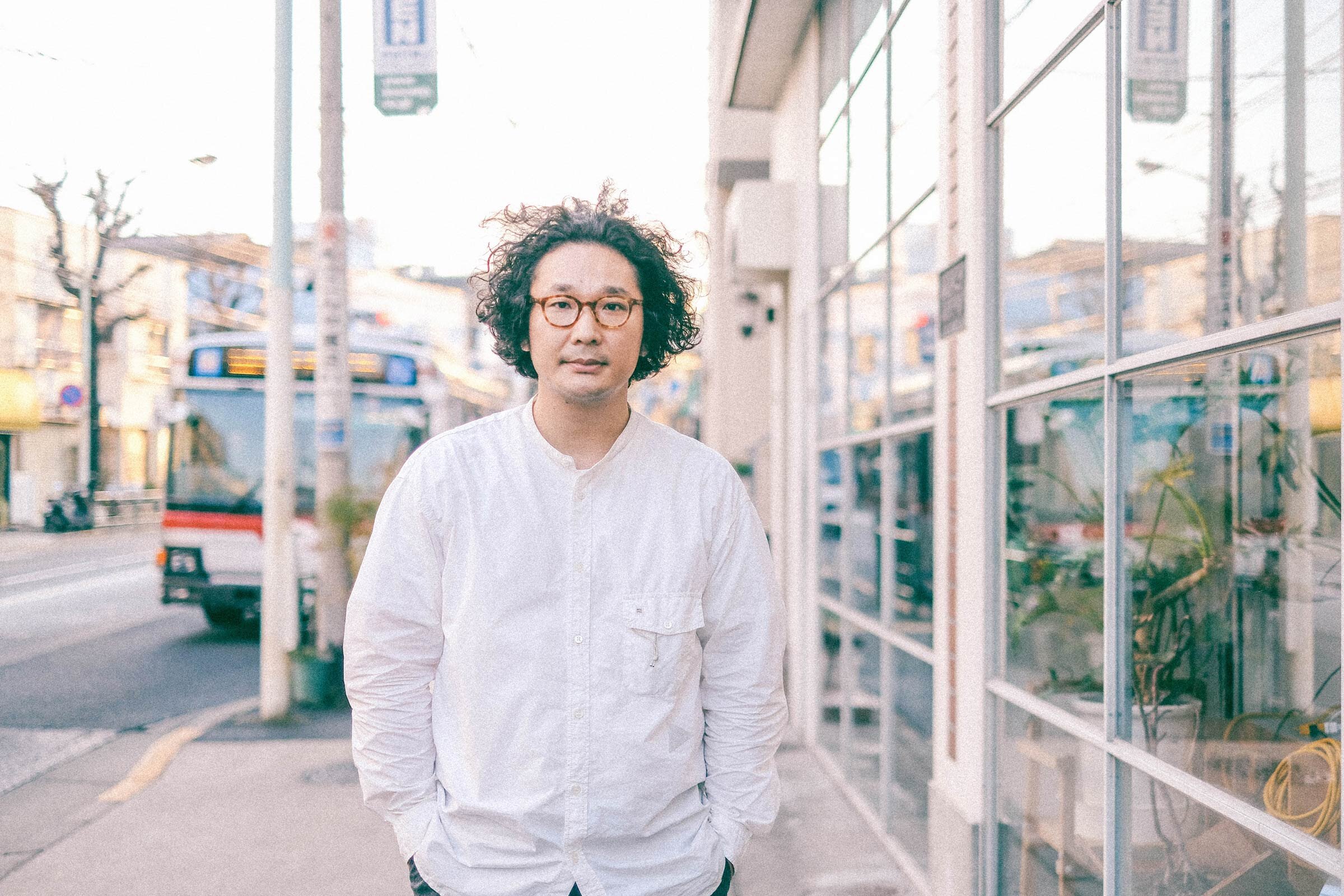Getting to Know Fearon Hay Architects

The Auckland-headquartered firm prides itself on having a global outlook backed by a certain New Zealand flavour
For Auckland- and Los Angeles-based studio Fearon Hay Architects, design is a native language. Founders Tim Hay and Jeff Fearon have worked together for more than two decades and have completed projects around the world, from Hong Kong to Korcula, snagging awards in the process. While the partnership may now be spread across New Zealand and Los Angeles, the design process still flows as easily as conversation.
‘When Jeff and I are working, we design a lot verbally,’ Hay says. ‘Because we know each other, we can — in a way that probably seems quite cryptic — describe things to each other quite quickly.’ Hay, who studied at The University of Auckland, found architecture an easy decision. He inherited his passion for the process from his parents, neither of them architects, but both keenly interested in architectural design, and he says that a career in architecture ‘became attractive early on’.
Fearon is a fellow Kiwi, but spent part of his school and university years in Queensland. When he returned home and took a job at a firm alongside Hay, the designers clicked quickly. ‘I think within the first few months of meeting each other, we talked about the idea of setting up a practice and our own business,’ says Hay.
A shared ambition and a few private commissions led the designers to go out on their own and launch Fearon Hay. ‘We had some experience, both of us had worked at architectural offices right through our tertiary years, which was good,’ Hay explains, adding that they’d joined offices fresh out of university, something he views as critical for new graduates looking to get a foot in the door.
While the practice was established in Auckland, the firm immediately looked overseas for inspiration. Indeed, when discussing Fearon Hay’s influences, Hay pre-emptively tackles the question of distilling a New Zealand design approach as though it’s one he’s come to expect. ‘We’re passionate about designing in New Zealand and we love the opportunities in this country, because the landscapes are incredible, but we don’t pretend or aspire to be architects that have a stylistically “New Zealand” point of view,’ he says. ‘Our inspiration is broader.’
While influences may come from abroad, Auckland remains the heart of the operation. A team of around 20 work from a converted warehouse studio here, while the firm’s other base in Los Angeles has a headcount of two, including Fearon.
‘We have a blade that runs the length of the office that we call “the wall”, and the wall is a pin board for all of the designs that we’re working on. In such a digital world, people can get so lost in file trees and layers of information that it actually takes away the visibility of the design process,’ says Hay, adding that the practice’s approach requires pinning up images throughout the process.
While the designers cite global influences, being in New Zealand remains important. The firm has ‘no desire to move the mothership to Los Angeles’, says Hay. Besides, being anchored in New Zealand bolsters the practice’s international appeal. ‘When we’re working overseas, there’s a sense of pride in telling people that we’re based in New Zealand,’ he continues, adding that the country’s reputation for punching above its weight when it comes to creativity helps.
‘I think there’s an understanding, when we say we’re from New Zealand, that there’s something creative in our DNA that’s a little bit unspoken,’ he says.
Text / Elizabeth Beattie
Image by Simon Wilson
Image by Simon Wilson
Image by Simon Wilson
Image by Simon Wilson
Image by Simon Wilson
Image by Simon Wilson
Image by Simon Wilson
Image by Simon Wilson
Image by Simon Wilson
Image by Patrick Reynolds
Image by Patrick Reynolds
Image by Patrick Reynolds
Image by Patrick Reynolds
Image by Patrick Reynolds
Image by Patrick Reynolds
Image by Patrick Reynolds
Image by Patrick Reynolds
Image by Simon Wilson
Image by Simon Wilson
Image by Simon Wilson
Image by Simon Wilson
Image by Simon Wilson




























